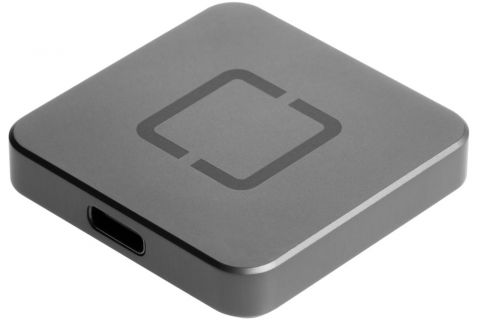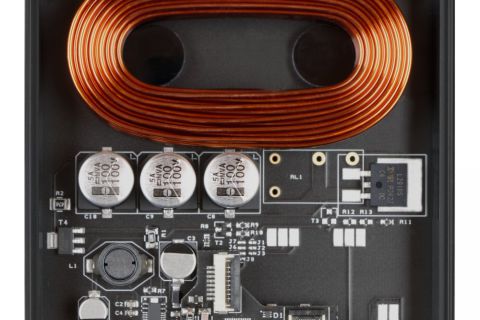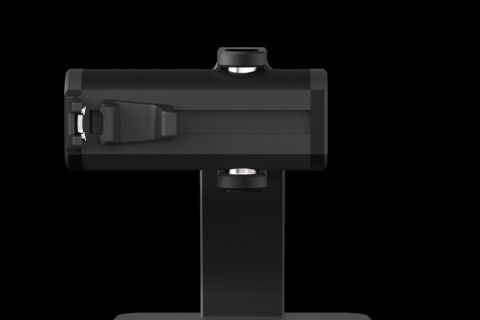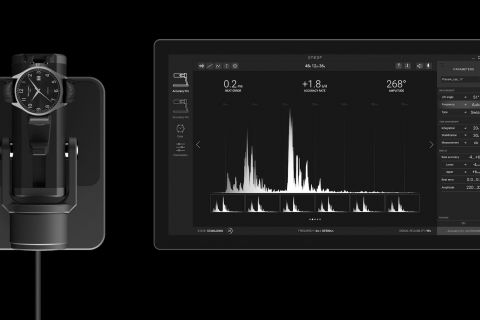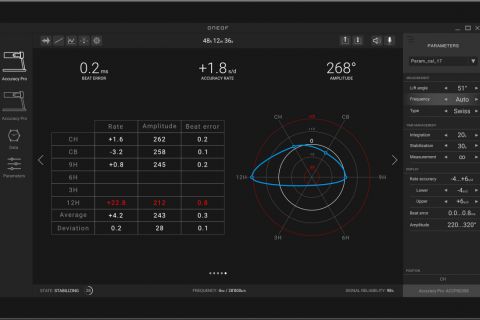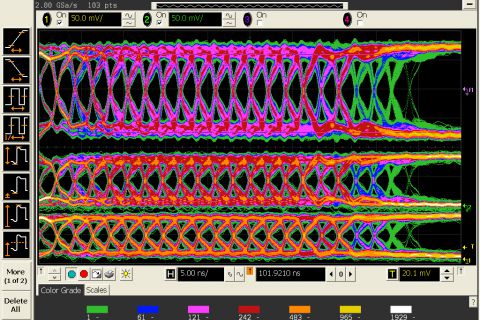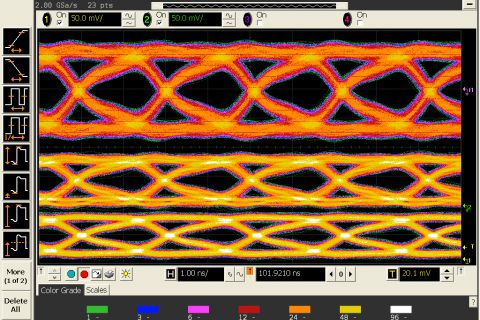H2i
Measurement - the source of all innovation.
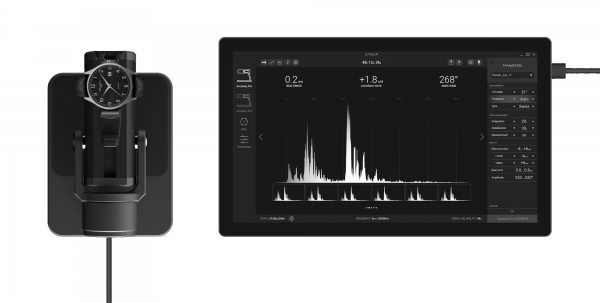
The name stands for “Horology Instrumentation Innovation”. They are a Swiss company with a unique know how in accuracy measurement of precision watch. We got in touch thanks to a recommendation of a mutual friend, a famous audio electronics designer. At that time the guys from H2i needed some assistance with the USB audio part of their new product range called ONEOF.
Hopefully we won’t reveal any trade secret by saying that the accuracy measurement is based on the analysis of the ticking sound of a watch, which is an acoustic signal. And these days, there is no better way of getting an audio signal into a computer (a smart-phone/tablet is a computer too) than through the USB interface using a standard USB audio protocol.
There were a couple of interesting aspects to our assistance with the ONEOF product series. Due to the nature of the product, which uses only one channel of the stereo audio path, the other channel was re-purposed for bi-directional control-data transfer. A custom protocol had to be developed to allow configuration and control data to be sent between the unit and the host computer.
The USB part of the design was slightly more challenging. The digital and USB audio circuitry built around the XMOS processor is a known quantity. But the delicate and precise mechanical design (remember, it is a Swiss product :-) ) required the USB signal to travel across a flat foil cable (FFC) and a couple of interconnect boards. While everything was working perfectly in the Full Speed mode, there were occasional USB connection issues in the High speed mode due to impedance imperfections along the USB signal path. It took a bit of time to take all necessary signal quality measurements, nail down where the impedance discontinuities were and get the signal integrity right. Taking USB signal quality measurements is not a trivial discipline. It requires specialized and expensive equipment such as a really fast oscilloscope and a USB signal quality test fixture or a set of active probes.
In addition to the USB audio functionality we also implemented some signal pre-processing algorithms in the XMOS processor.
What we did:
XMOS processor integration support - schematics and layout
XMOS USB Audio reference design customization
Bidirectional control data transfer protocol using idle audio channels
Digital audio signal pre-processing - AGC, DC offset removal
USB Signal integrity analysis and design review
Dual BLDC motor control
